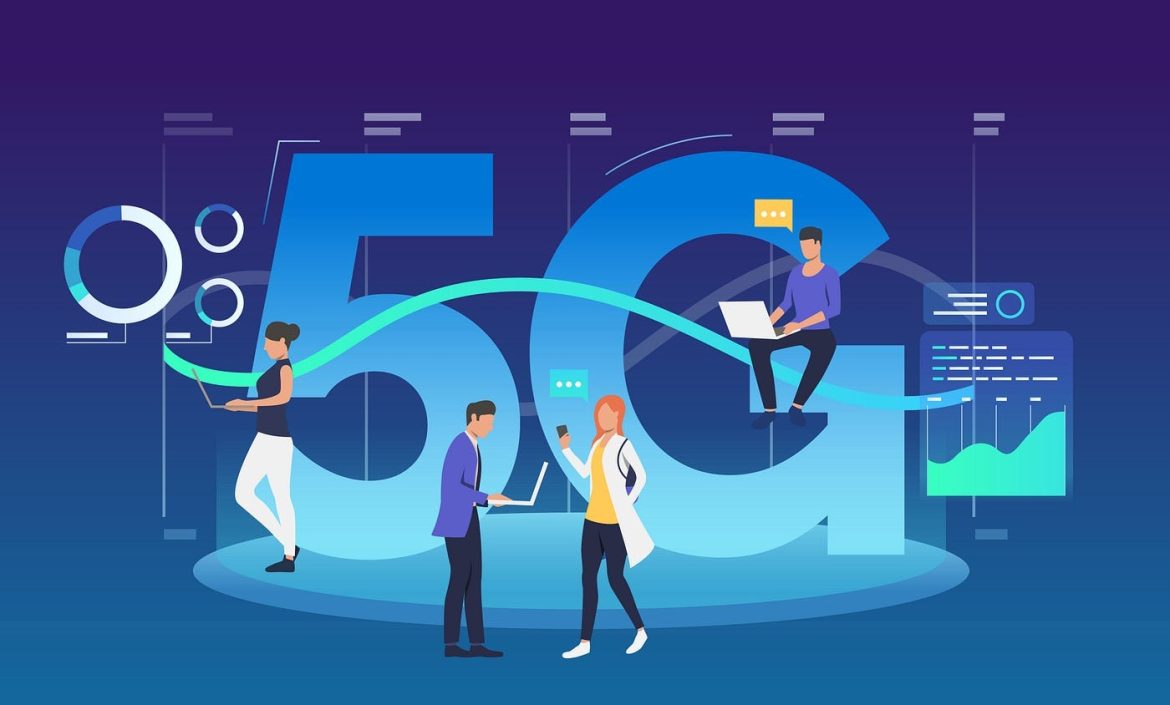In the world of technology, change is a constant, and the evolution of wireless communication is no exception. With the rollout of 5G networks well underway, it’s time to look beyond the present and explore what the future holds for wireless technology. This article delves into the exciting prospects of 5G and beyond, shedding light on the transformative impact it will have on industries, daily life, and global connectivity.
The Current State of 5G
Before we peer into the future, let’s briefly review the current state of 5G technology.
1. Speed and Bandwidth: 5G networks offer blazing-fast speeds and significantly increased bandwidth compared to 4G, making real-time data transfer and high-definition streaming a breeze.
2. Low Latency: With reduced latency, 5G enables near-instantaneous communication between devices, laying the foundation for applications like autonomous vehicles and telemedicine.
What Lies Beyond 5G?
The term “beyond 5G” refers to the technologies and standards that will follow the initial deployment of 5G networks. Here are some key areas where the future of wireless technology is expected to make significant strides.
1. 6G Networks: While 5G is still rolling out globally, researchers and innovators are already looking ahead to 6G networks. Expected to emerge around 2030, 6G is predicted to offer unprecedented speeds, lower latency, and groundbreaking capabilities.
2. Quantum Communication: Quantum communication promises unhackable, ultra-secure wireless networks. Leveraging the principles of quantum mechanics, this technology has the potential to revolutionize data privacy and cybersecurity.
Transforming Industries
The future of wireless technology will be a game-changer for various industries.
1. Healthcare: Telemedicine and remote surgery will become more accessible and reliable with low-latency, high-bandwidth connections, bringing healthcare to underserved areas.
2. Manufacturing: In smart factories, wireless networks will enable real-time monitoring and control of machines, optimizing production processes and reducing downtime.
Smart Cities and IoT
The proliferation of Internet of Things (IoT) devices and smart city initiatives will drive the demand for advanced wireless technology.
1. Connected Cities: Smart cities will rely on wireless networks to enhance transportation, public safety, energy management, and more, creating efficient, sustainable urban environments.
2. IoT Expansion: As IoT devices continue to multiply, wireless technology will need to accommodate the massive data traffic generated by sensors, wearables, and smart appliances.
Artificial Intelligence and Edge Computing
The convergence of wireless technology, artificial intelligence (AI), and edge computing will redefine how data is processed and utilized.
1. Edge AI: Edge devices, powered by AI, will process data locally, reducing the need for centralized cloud computing and improving response times.
2. Augmented Reality (AR) and Virtual Reality (VR): Wireless technology advancements will enable immersive AR and VR experiences, revolutionizing entertainment, education, and training.
Global Connectivity
The future of wireless technology will bring the world closer together.
1. Rural Connectivity: Remote and underserved areas will benefit from extended wireless coverage, bridging the digital divide and providing access to education and economic opportunities.
2. International Collaboration: As wireless technology advances, international collaboration on standards and regulations will be essential to ensure seamless global connectivity.
Challenges and Considerations
While the future of wireless technology is promising, it comes with challenges and considerations.
1. Security: As wireless networks become more critical, ensuring robust security measures against cyber threats will be paramount.
2. Infrastructure: The deployment of advanced wireless technology will require significant infrastructure investments, posing challenges for both urban and rural areas.
Conclusion
The future of wireless technology holds immense promise, from the inception of 6G networks to the transformation of industries, smart cities, and global connectivity. As technology continues to evolve, it is essential for governments, businesses, and individuals to stay informed and adapt to the changing landscape. Embracing these advancements responsibly will be the key to unlocking the full potential of wireless technology and ushering in an era of unprecedented innovation and connectivity. The future is bright, and the possibilities are boundless as we journey beyond 5G.
